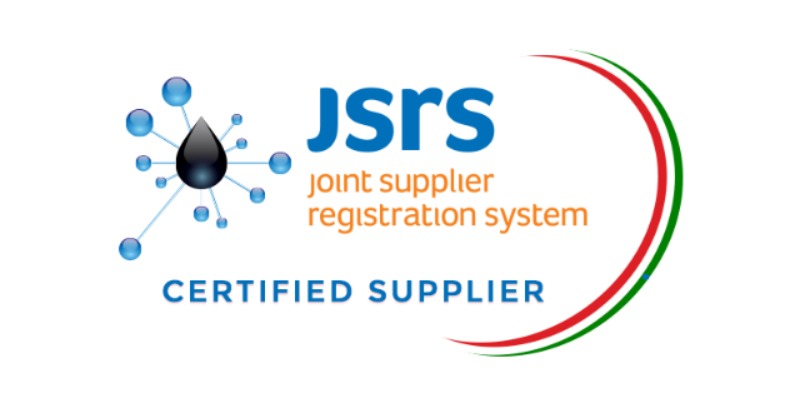- September 11, 2020
- Posted by: Murooj Al Alia
- Category: Sober living
Our quarterly newsletter reminds you that others have gone down this path and can provide valuable support. No matter where on your journey – considering sobriety, living sober for years or months already – our newsletter is here as a guide with helpful resources, events, and more. Having a safe and supportive environment can lead to the recovery of all residents. Having a home, as well as being near others in recovery, can help people maintain sobriety and further develop skills for long-term recovery. Services and resources vary depending on the level of care provided by the recovery residence. Some homes have direct accessto clinical services, and others provide referrals to known health providers.
- Visiting policies at halfway houses are developed in accordance with local regulations.
- This is a great asset to those struggling with their own personal battles.
- You’ll also want to check with the individual halfway house ahead of time to see if there are any resident requirements specific to that facility.
- The differences between halfway houses and sober living homes depend on the specific facilities.
- The term halfway house has beenstigmatized because of its association withprisoners and people who have a history of drug use.
Benefits of Halfway Houses for Addiction Treatment

For the most part, residents live at a halfway house for about 3 months to a year. This will vary based on the individual’s needs and unique circumstances. Residents can leave to attend work, family obligations, religious observation, 12-step meetings, etc. Residents can expect random drug testing or alcohol screening to show that they are still sober.
Court-Ordered Halfway Houses
The use of telephones and cell phones in a halfway house is stipulated in the rules of all facilities with phone service. In certain halfway houses, keeping a cell phone in possession is encouraged, while in other houses, mobile devices with cameras and internet access may be banned. If a facility has a no-cellphone policy, residents will have to leave their cell phones with the management and get them back only when they move out. Visiting hours at federal halfway houses are usually between 9 AM and 5 PM from Monday through Friday and longer on the weekends.
The Different Types of Recovery Homes and Facilities
In some cases, residents may be denied access to certain privileges, such as phone calls to a loved one. Residents are responsible for keeping one another in check so that they won’t face these consequences. It allows you to live your life to the fullest, experience all of life’s adventures, make the most out of relationships, and Top 5 Advantages of Staying in a Sober Living House be present in the moment. It doesn’t come without its challenges, however, and it’s beneficial to be around people who can support you on this journey. BetterHelp can connect you to an addiction and mental health counselor. You should check with your insurance carrier to see what coverage they offer for a stay at a halfway home.
The homes are usually run by a rehab facility, a person in recovery or residentswho have maintained sobriety for extended periods of time. The term halfway house can refer to a number of transitional living environments that help people re-enter society. For peoplein https://theseattledigest.com/top-5-advantages-of-staying-in-a-sober-living-house/ recovery, it usually refers to sober living homes that provide varying degrees of support and supervision. Sober living homes are not for everybody; some people may need to go through detox or rehab before they can successfully live in a sober environment.
Benefits Of Sober-Living Homes For Addictions
- The main goal of residential reentry centers, the term that the Federal Bureau of Prisons uses to describe halfway houses,is to reduce recidivism.
- Halfway houses offer social interaction with people who understand the challenges of sober living.
- It is advised not to wear excessively tight and revealing or provocative clothes, such as see-through clothing.
- In a halfway house in New Jersey, around 5,100 convicts have escaped the state’s privately operated facility since 2005.
- If you or someone you love is struggling with drug or alcohol addiction, a sober living home may be the right solution.
- Halfway houses designated for convicted criminals are sometimes called Community Corrections Centers or Community Correctional Centers.
- Inpatient rehab does not allow patients to leave until their program is complete.
- A halfway house is a living facility where people go as a part of their drug rehab aftercare.
- It can be hard for some to find new friends or social circles that respect their new lifestyle.




